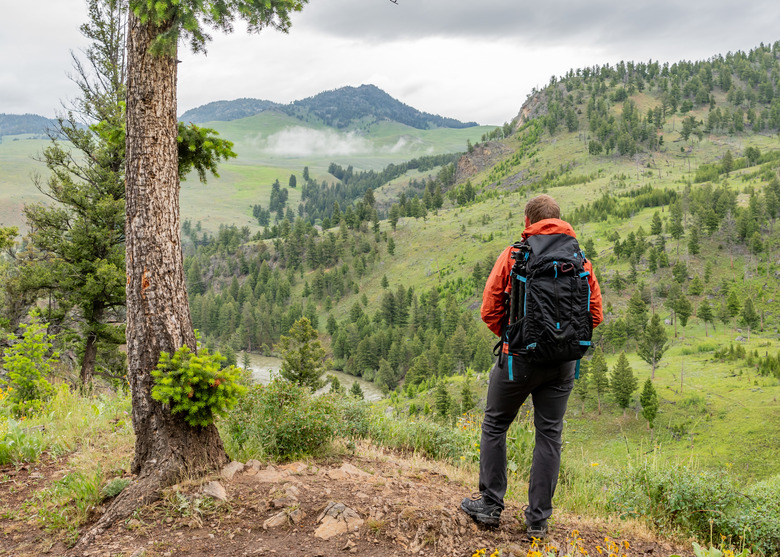List Of Natural Habitats
Modern development threatens many natural habitats. Animals and even humans depend on a natural habitat for survival. Activities such as logging, mining, oil drilling, clearing land for agricultural and roads have lead to habitat destruction. Each natural habitat has unique systems to promote and protect wildlife and plants.
Tropical Forests
Tropical Forests
Tropical forests serve as one of the Earth's most important and bio-diverse natural habitats. More than half of the Earth's plant and animal life live in rainforests, according to the Smithsonian National Zoological Park. Rainforest gets its name from its self-watering properties in which plants release water into the air through transpiration. Each canopy treat releases about 200 gallons of water each year, according to the National Geographic. Plants grow very close together in the rainforest, creating a thick blanket of vegetation. According to the National Geographic, less than 2.5 billion acres of tropical forest remain from the four billion acres on Earth just a few hundred years ago.
Grasslands
Grasslands
Grasslands, or prairies, are usually between forests and deserts. According to National Geographic, the Earth's land is one quarter grasslands. Many grassland areas are now farmland. Characterized as fairly flat, grasslands exist on every continent except for Antarctica. Grasslands in the Southern Hemisphere tend to be warmer than in the Northern Hemisphere. African grasslands have animals such as:
- zebra
- elephants
- giraffes
- rhinos
- lions
- hyenas
- warthogs
North American grasslands host grazing animals such as gazelle and deer and burrowing animals such as mice and jack rabbits. Before Europeans came to America, millions of bison lived in the North American grasslands.
Wetlands
Wetlands
Wetlands connect land and water sources, acting as an important natural habitat for the Earth's ecosystem. They serve as natural filters to reduce pollution, control floods and act as nurseries for aquatic species, according to the National Geographic. In some states, more than 90 percent of wetlands have been destroyed, displacing wildlife but also putting the system which filters drinking water that humans rely on at risk, according to the Smithsonian National Zoological Park.
Oceans
Oceans
As the largest natural habitat, the ocean covers 71 percent of the globe's surface area. Some of the earth's oldest species live in the ocean, such as the sharks which date more than 400 million years, according to the National Geographic. In fact, more than 21,000 species of fish live in oceans, according to the World Wildlife Fund. The ocean is also home to coral reefs, also known as the rainforests of the sea with a diverse array of colorful fish living in the structure made by millions of tiny animals called coral polyps.
References
Cite This Article
MLA
Modotti, Marie. "List Of Natural Habitats" sciencing.com, https://www.sciencing.com/list-of-natural-habitats-13425555/. 22 November 2019.
APA
Modotti, Marie. (2019, November 22). List Of Natural Habitats. sciencing.com. Retrieved from https://www.sciencing.com/list-of-natural-habitats-13425555/
Chicago
Modotti, Marie. List Of Natural Habitats last modified March 24, 2022. https://www.sciencing.com/list-of-natural-habitats-13425555/
